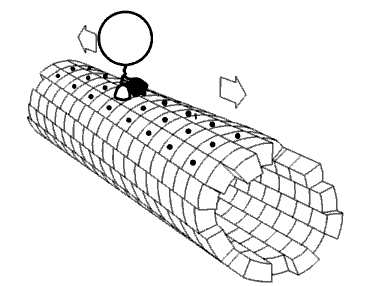
Photo from academic.microsoft.com
Through the ideal programming of behavior, it is believed that our circadian clock, our internal molecular time keeper, enhances fitness by ensuring that many organismal functions are optimally timed with… Click to show full abstract
Through the ideal programming of behavior, it is believed that our circadian clock, our internal molecular time keeper, enhances fitness by ensuring that many organismal functions are optimally timed with the phase of the circadian day. As clock regulation is extensive, controlling everything from blood pressure levels to sleep, disruptions of the clock can be detrimental; chronic disturbance of the clock leads to an increased risk for heart attack, cancer, diabetes, and mental health disorders among a host of other maladies. My work has shown that the highly conserved mechanism that regulates circadian timing, a molecular transcription-translation negative feedback loop, is profoundly affected by IDPs. The core clock complex in the clock model organism Neurospora crassa consists of two sets of protein pairs, the positive arm (comprised of the White Collar 1/ White Collar 2 Complex or WCC) and the negative arm (comprised of the Frequency (FRQ)/Frequency-Interacting RNA Helicase (FRH) complex or FFC). The WCC drives the expression of the FFC, which then regulates its own transcription by inhibiting the activity of the WCC. The FFC is then targeted for degradation, allowing for the reactivation of the WCC, restarting the cycle. I have demonstrated that FRQ is an Intrinsically Disordered Protein (IDP); currently, the reason for the IDP nature of FRQ is unknown. In addition, FRH stabilizes FRQ and mediates the interactions between the core clock proteins using its own disordered N-terminus. This intrinsic disorder in core clock genes is conserved from Neurospora to higher eukaryotes and my labs seeks to identify the reason for the conservation of a high level of protein disorder in the circadian clock.
Journal Title: Biophysical Journal
Year Published: 2017
Link to full text (if available)
Share on Social Media: Sign Up to like & get
recommendations!